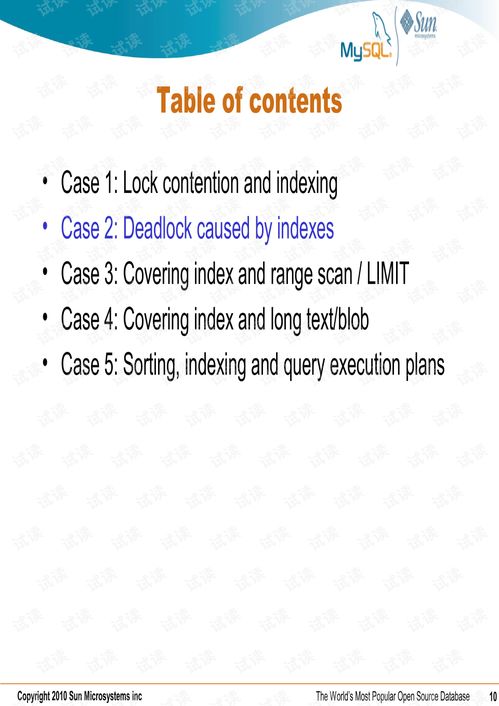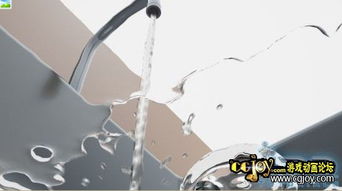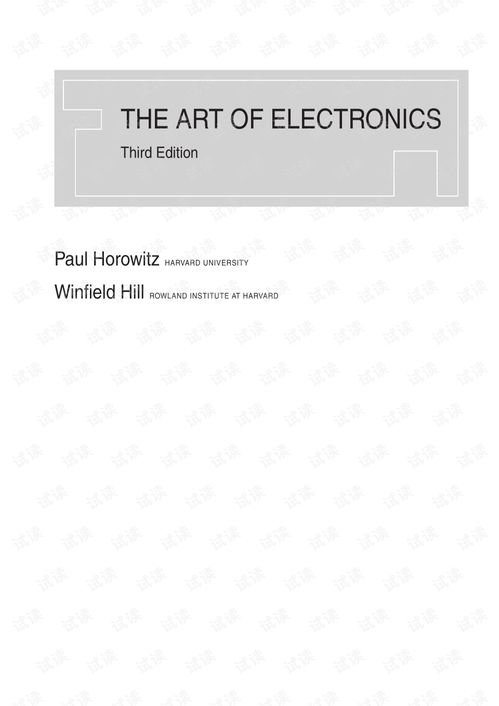Content:
Fishing with earthworms is a timeless tradition that has been practiced for centuries. The simplicity and effectiveness of using earthworms as bait make it a favorite among anglers of all skill levels. However, to truly excel in this method, one must master the art of adjusting the float, also known as "tuning the bobber." This article delves into the essential techniques for tuning your float when using earthworms as bait, ensuring you're ready to catch fish like a pro.
Understanding the Float
Before we delve into the techniques, it's crucial to understand the float itself. A float is a device attached to the line that helps you detect when a fish is biting. When using earthworms, the float is often a simple, inexpensive piece of equipment. It can be a plastic or wooden bobber, a float with a built-in indicator, or even a simple stick with a piece of yarn tied to the end.
Selecting the Right Float
The first step in tuning your float is to select the right one for your fishing conditions. Here are some factors to consider:
- Water Depth: For deeper waters, you'll need a float that can stay afloat for longer periods. Conversely, for shallow waters, a smaller float that rises quickly will be more effective.
- Water Clarity: In clear water, a smaller, lighter float is preferable to minimize disturbance. In murky water, a larger, more visible float can be beneficial.
- Current: If you're fishing in a river or stream with a strong current, you'll need a float that can handle the drag and stay in place.
Adjusting the Weight
Once you've chosen the right float, the next step is to adjust the weight. The weight is what keeps the float afloat and ensures it doesn't sink too quickly. Here's how to adjust it:
- Attach the Weight: Thread the weight onto your line above the float. The weight should be placed close enough to the float to prevent it from getting tangled but far enough away to allow for proper movement.
- Experiment with Positions: Move the weight up and down the line to find the position that allows the float to rise and fall naturally. The weight should be heavy enough to keep the float afloat but light enough to allow for easy movement.
- Check the Depth: Once you've found the ideal position for the weight, make sure the float is at the correct depth. This will depend on the type of fish you're targeting and the depth of the water.
Tuning the Float for Earthworms

When using earthworms as bait, there are a few additional considerations to keep in mind:
- Natural Movement: Earthworms move naturally, so your float should mimic this movement. Adjust the float so that it rises and falls with the movement of the worm.
- Sensitivity: Earthworms are sensitive creatures, so you want to ensure that your float is sensitive enough to detect even the slightest bite. A smaller float with a lighter weight will be more sensitive.
- Bait Placement: Place the earthworm on the hook in a way that mimics a natural worm. This might mean threading it on the hook or simply placing it on top. Experiment with different placements to see what works best.
Final Tips
Here are some final tips to help you master the art of tuning your float for earthworm fishing:
- Practice: The more you practice, the better you'll become at adjusting your float. Spend time experimenting with different floats, weights, and bait placements.
- Observe: Pay attention to how the float behaves in different conditions. Learn to read the subtle movements that indicate a fish is biting.
- Be Patient: Fishing with earthworms can be a slow process. Stay patient and be prepared to wait for the bite.
In conclusion, mastering the art of tuning the float when using earthworms as bait is essential for successful fishing. By understanding the float, selecting the right equipment, and adjusting the float for the conditions, you'll be well on your way to catching fish like a pro. So, grab your rod, some earthworms, and start practicing these techniques. Happy fishing!












